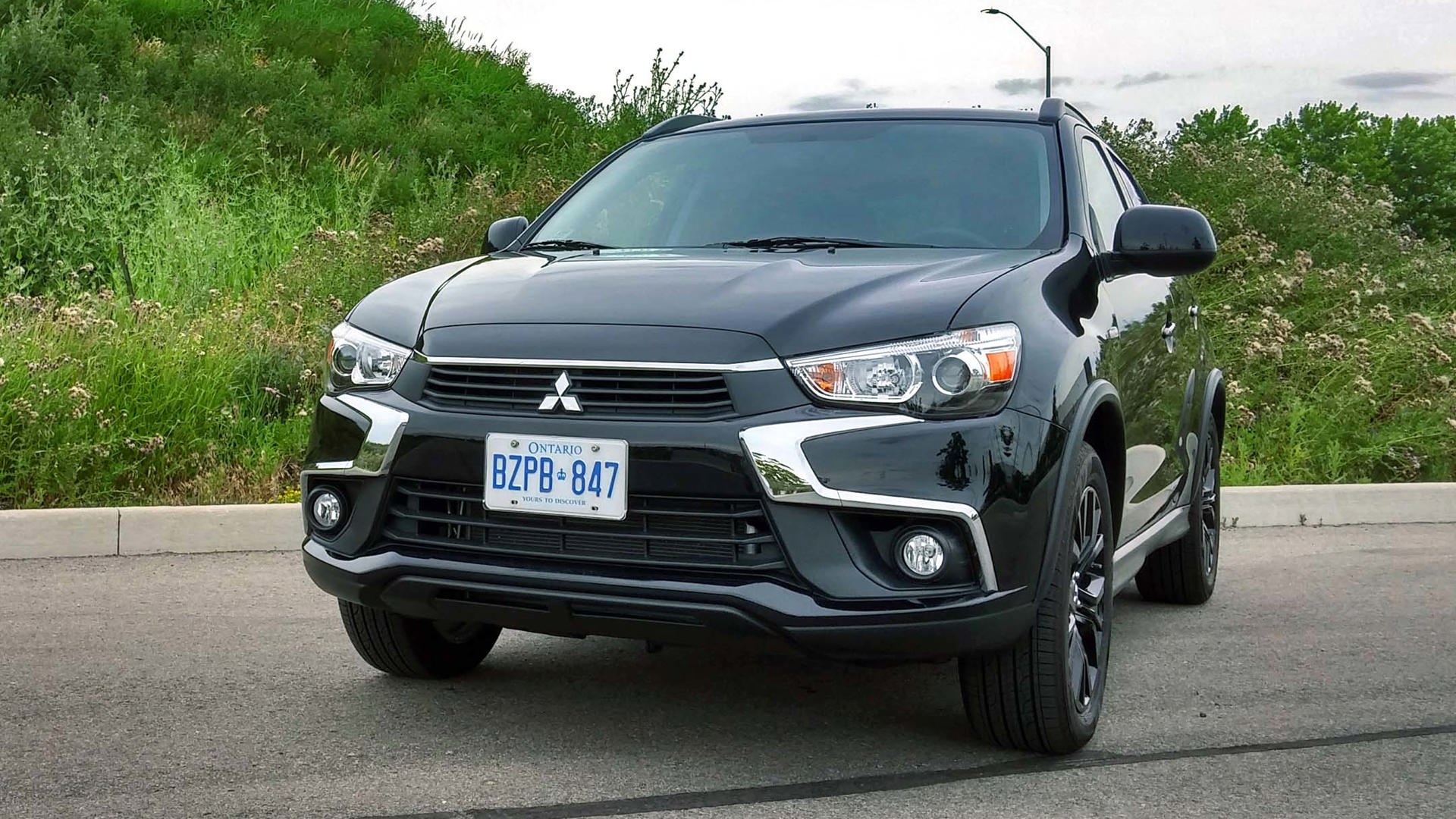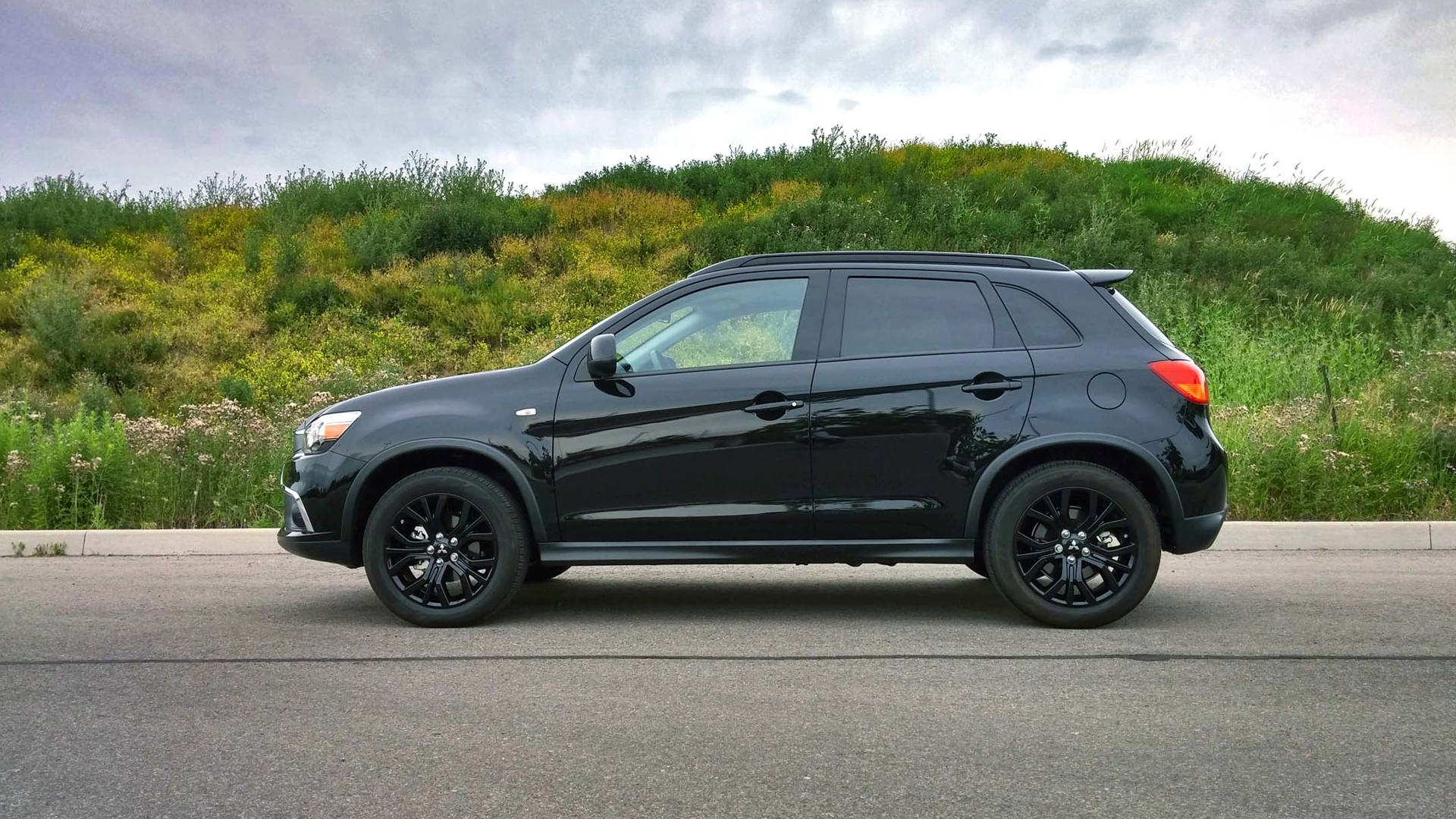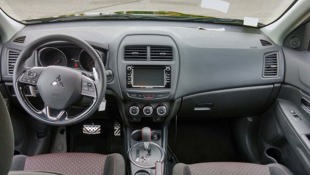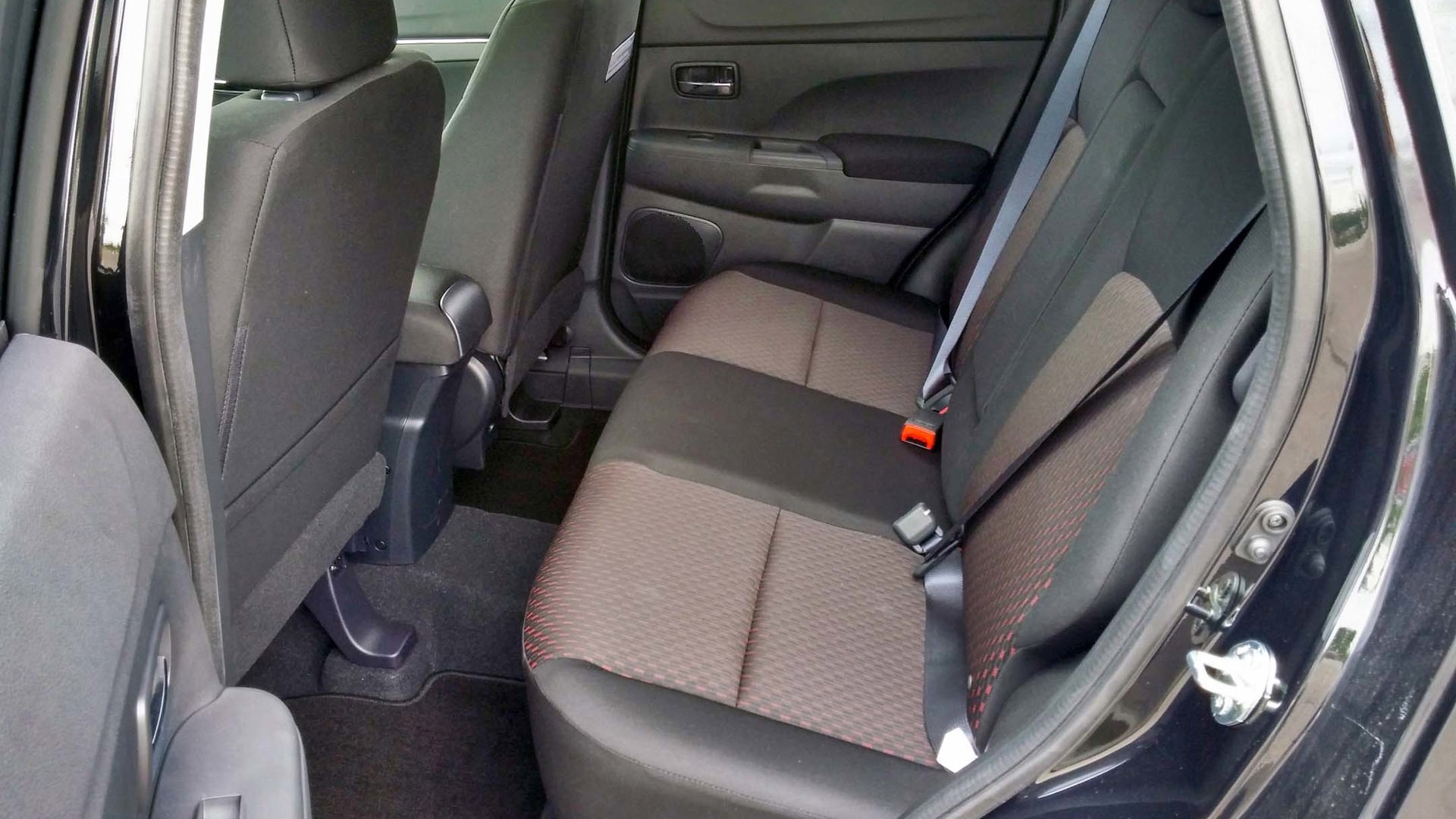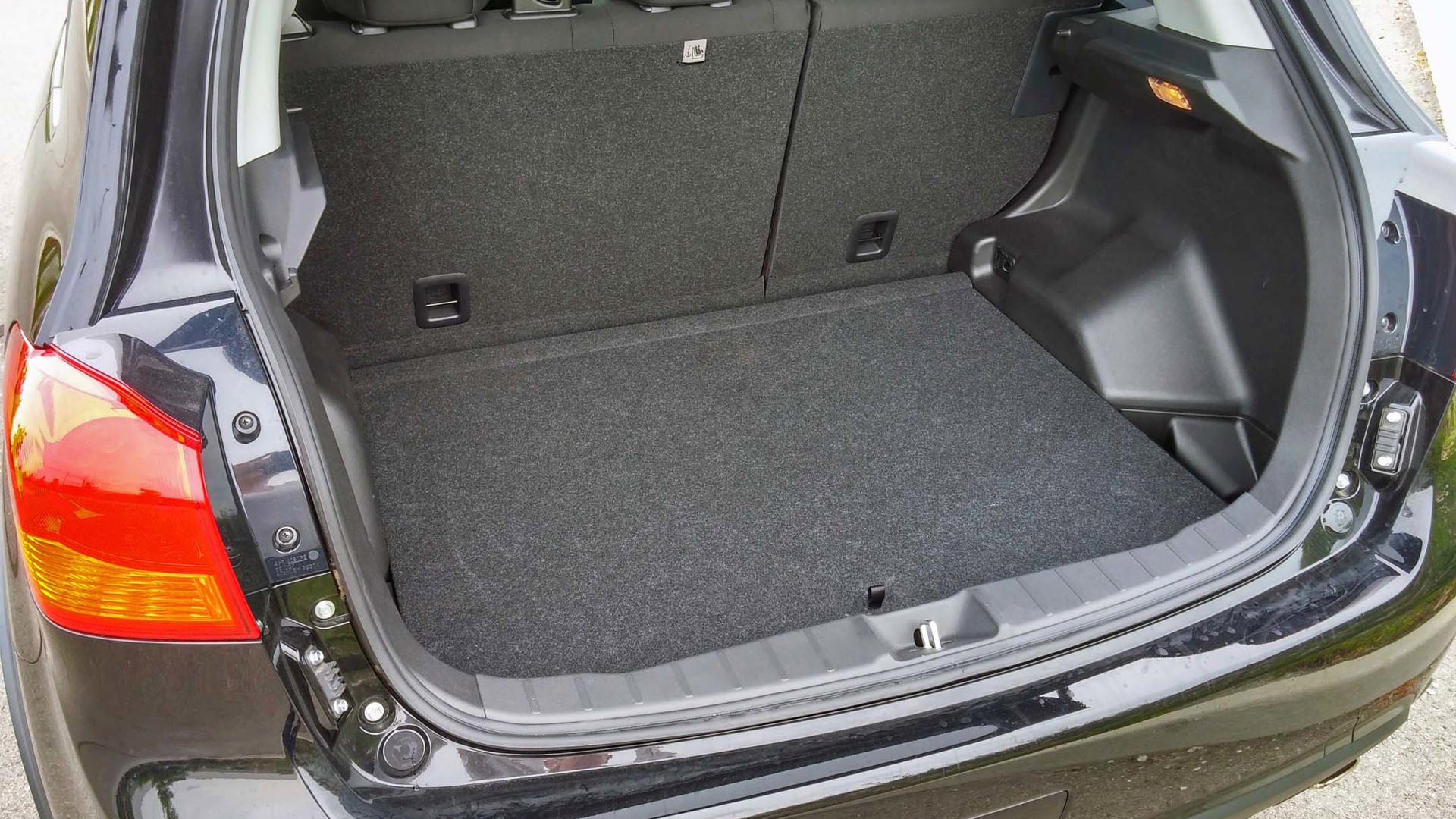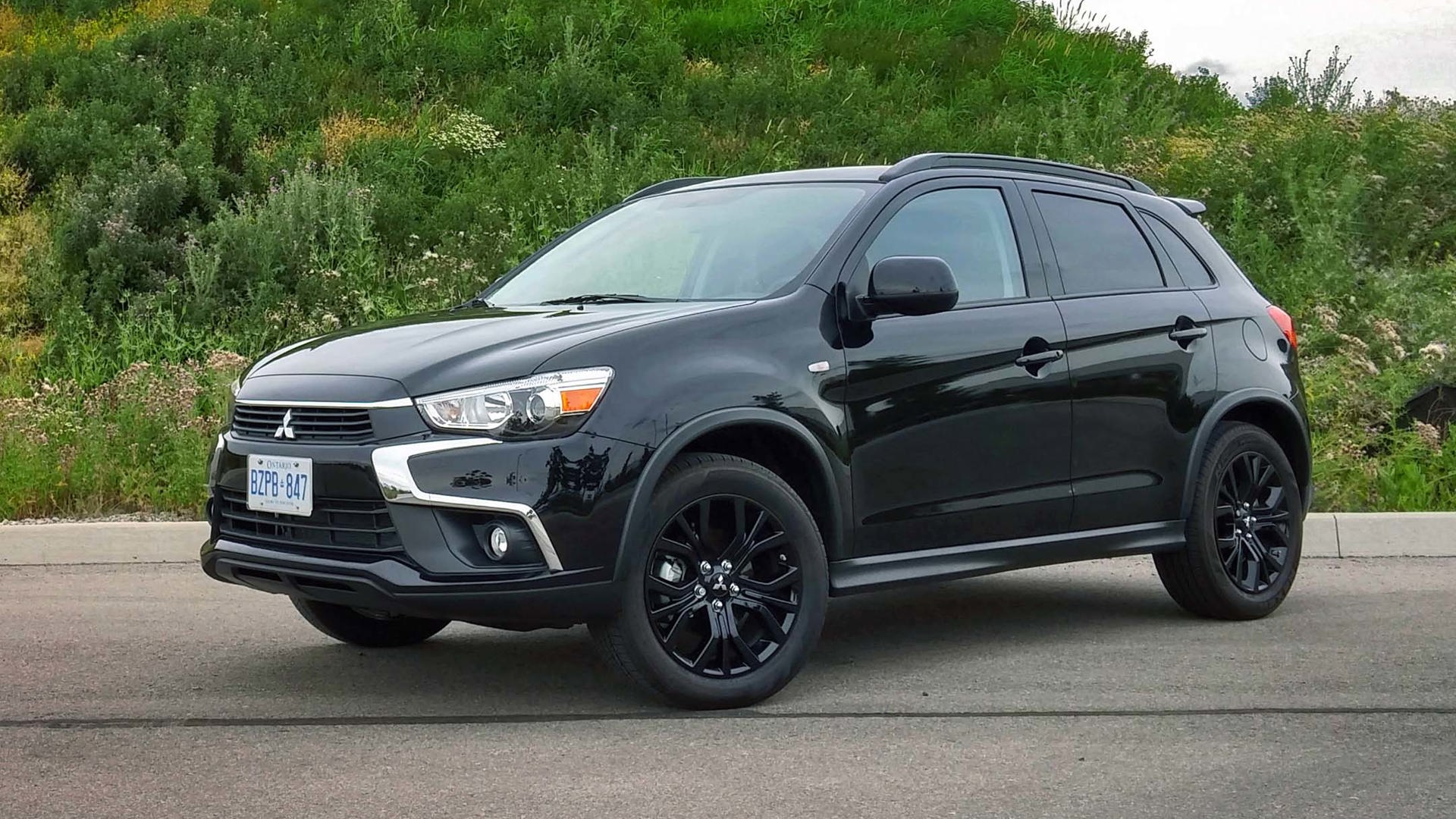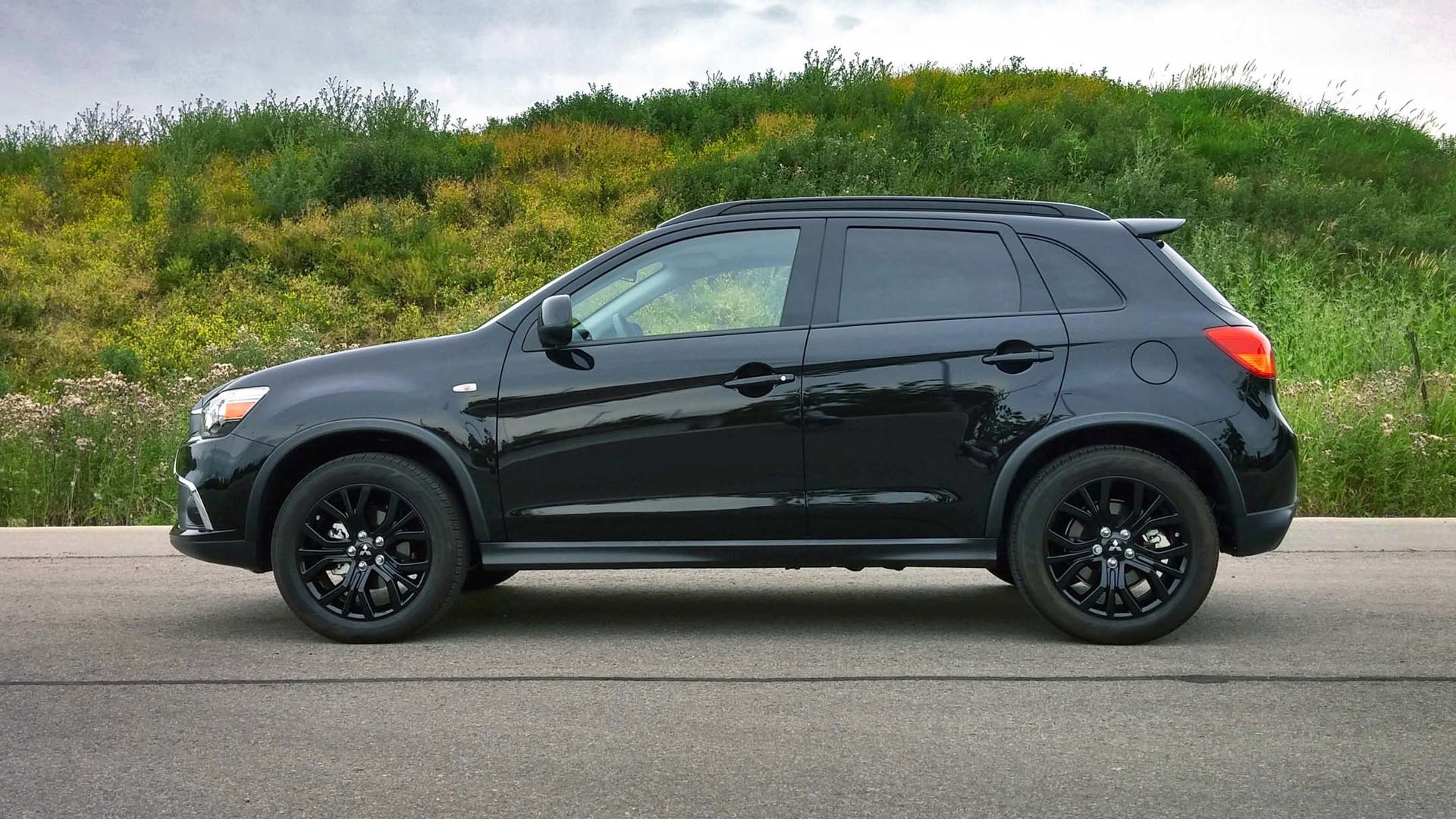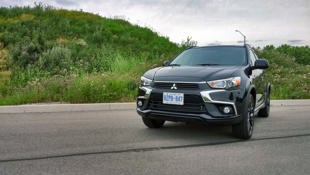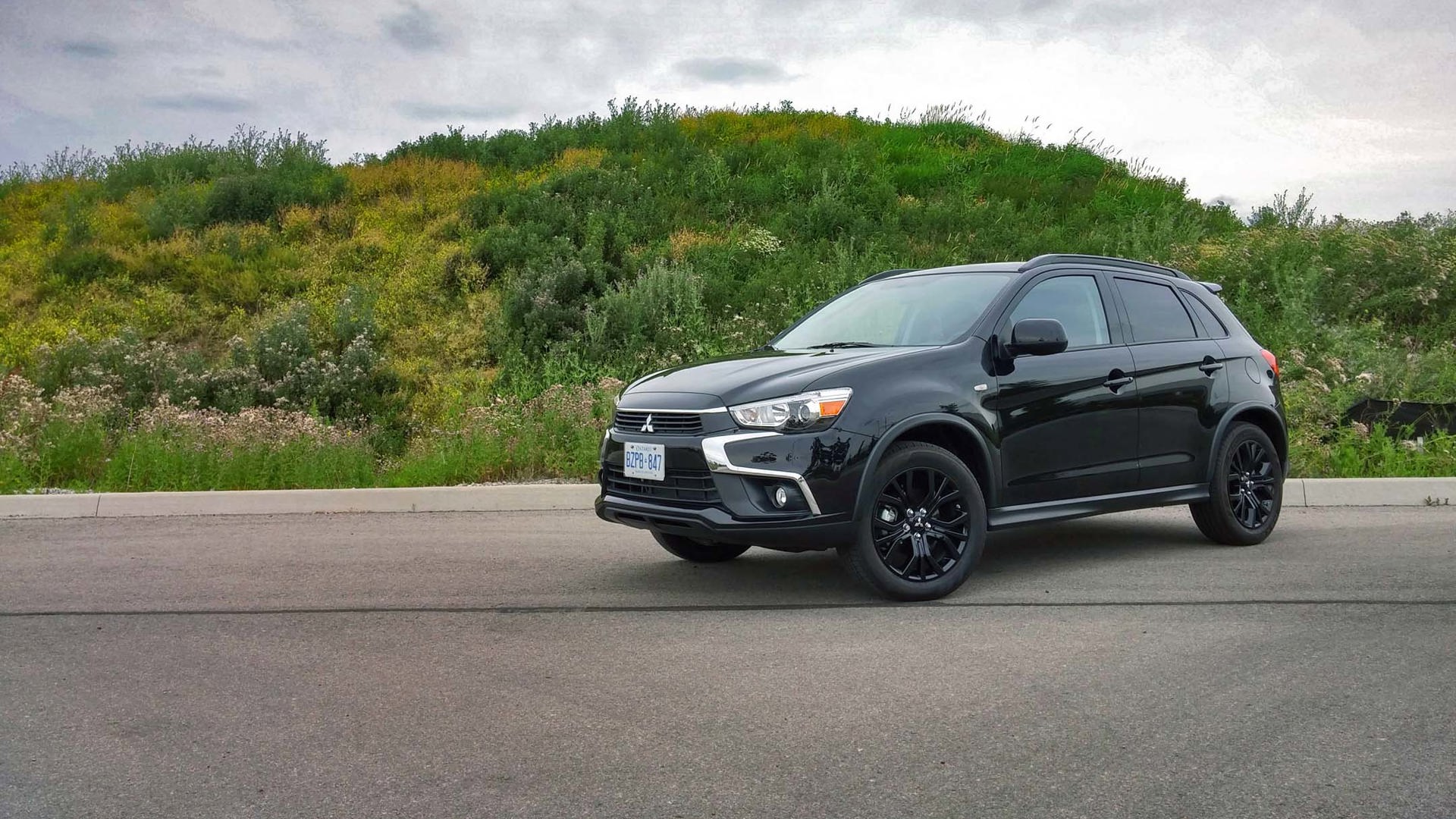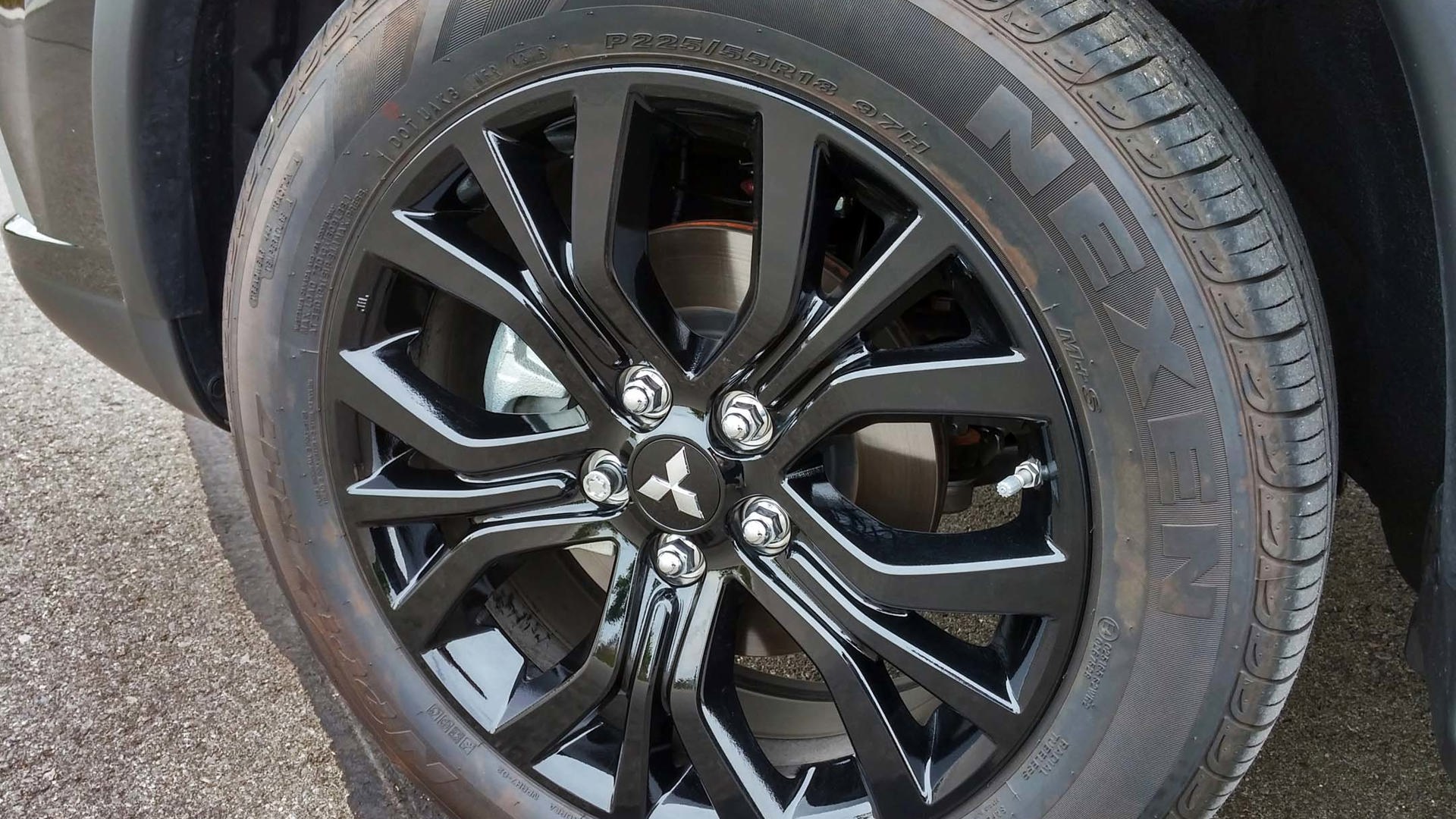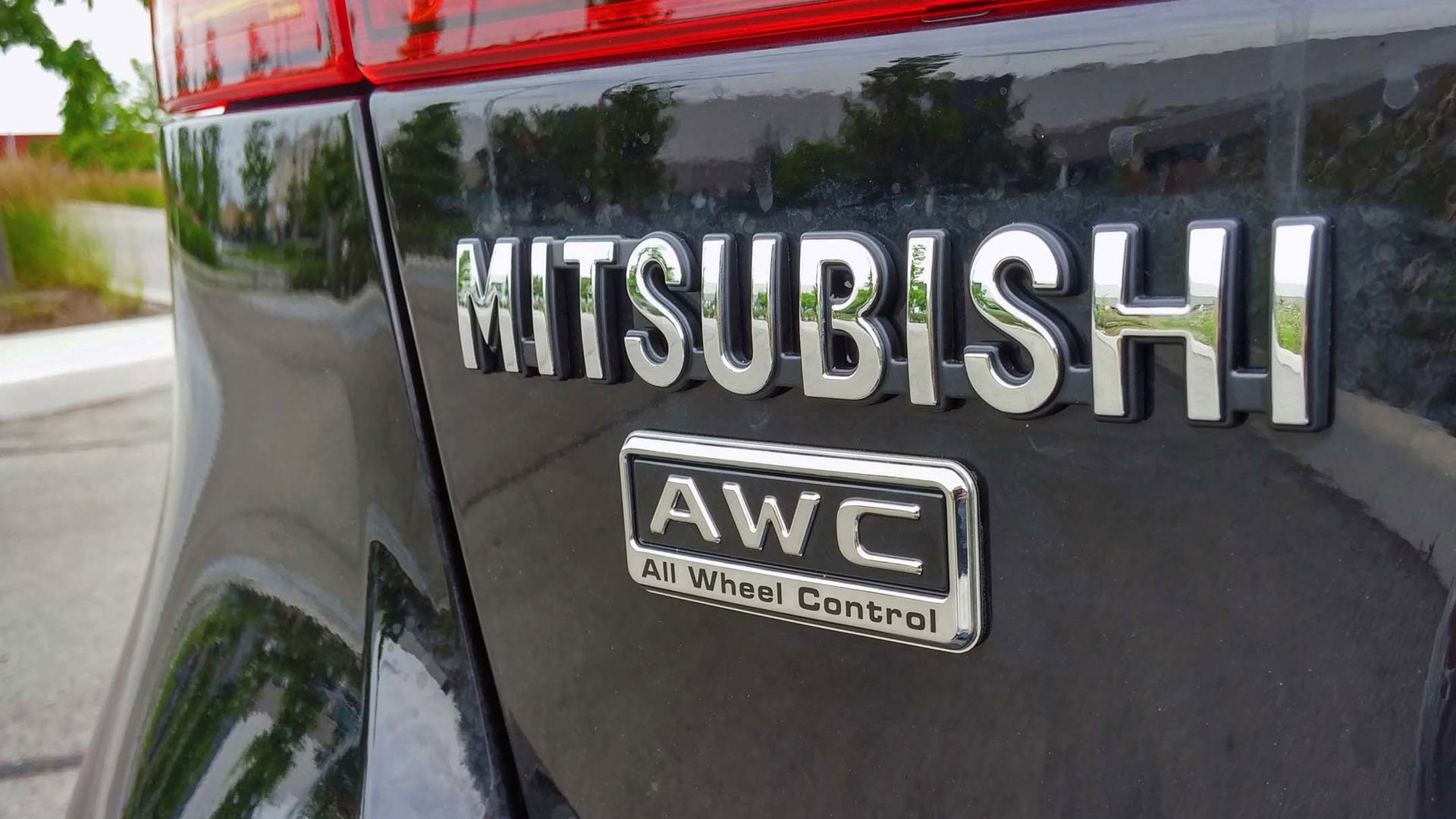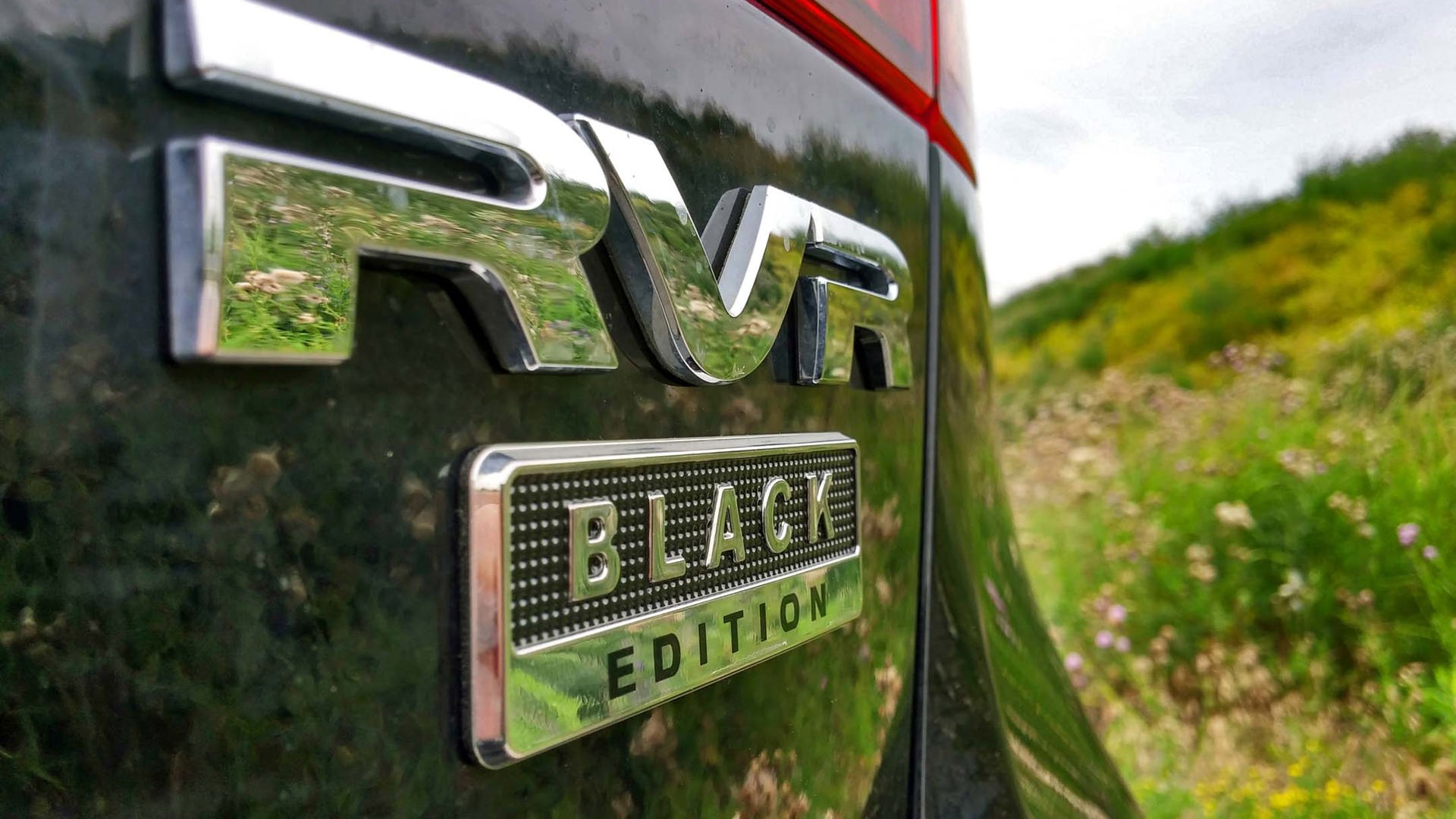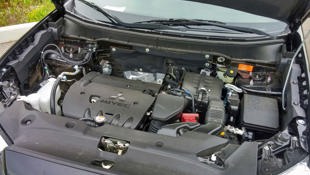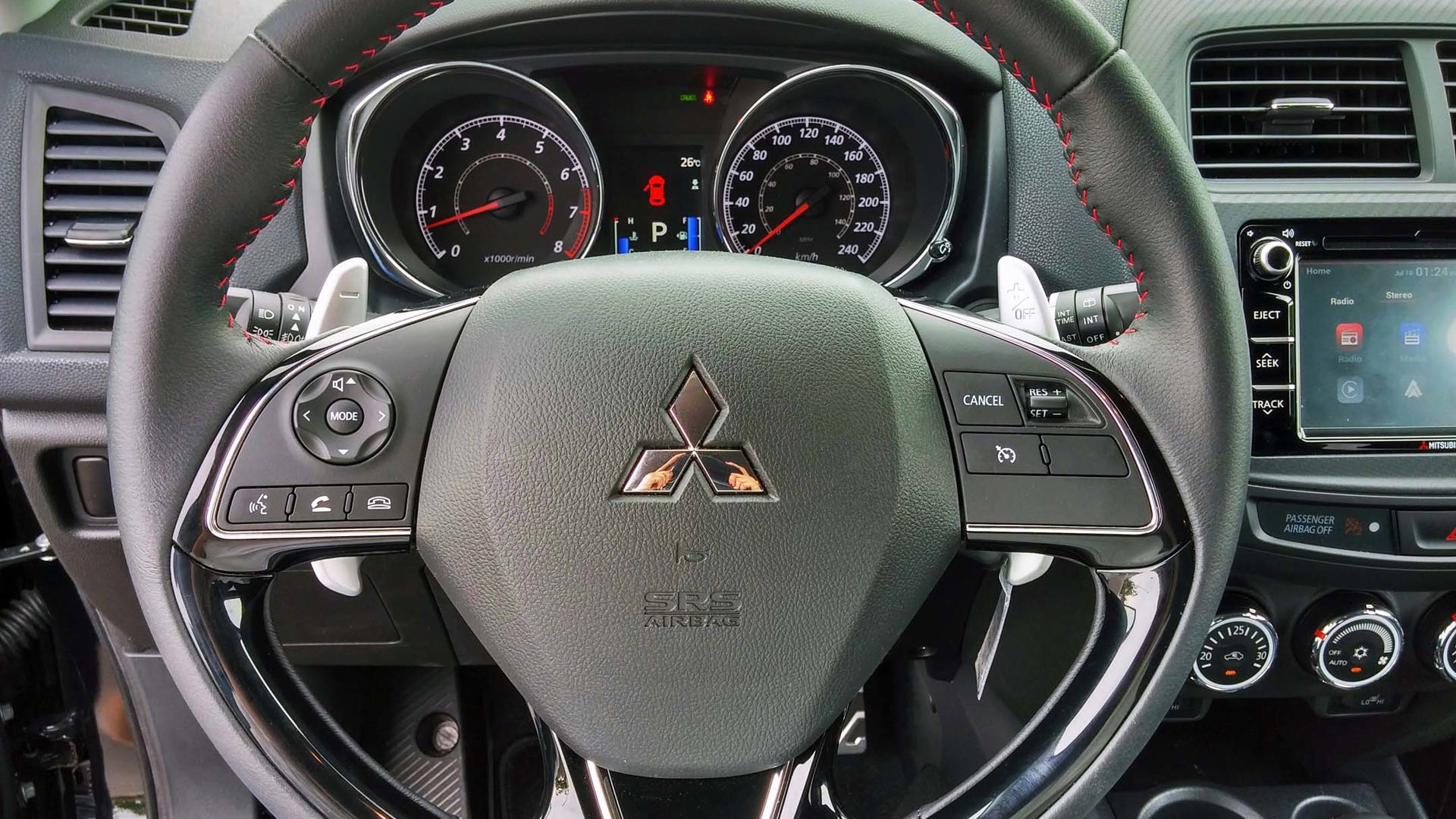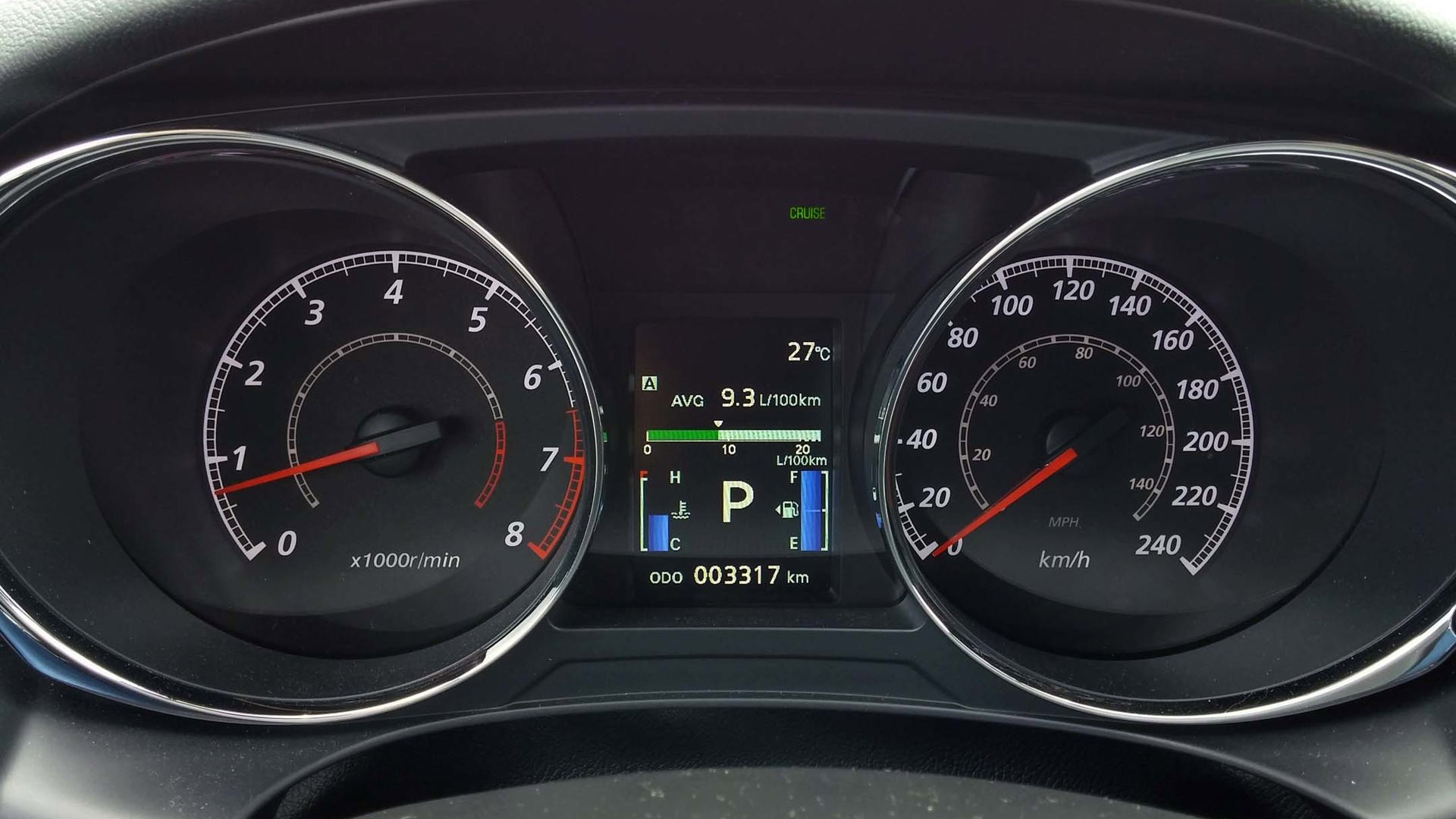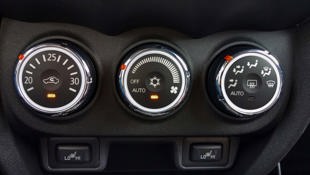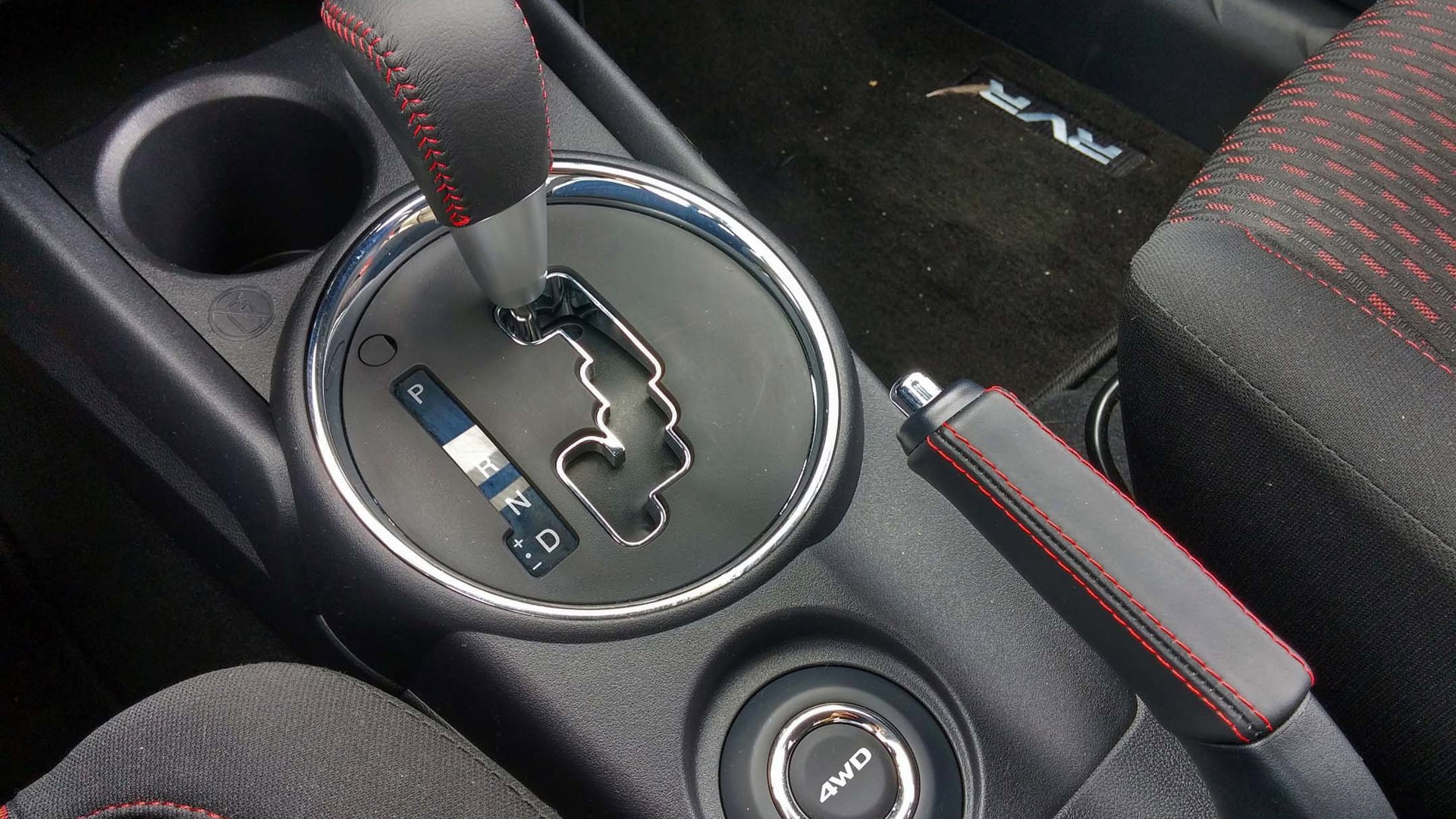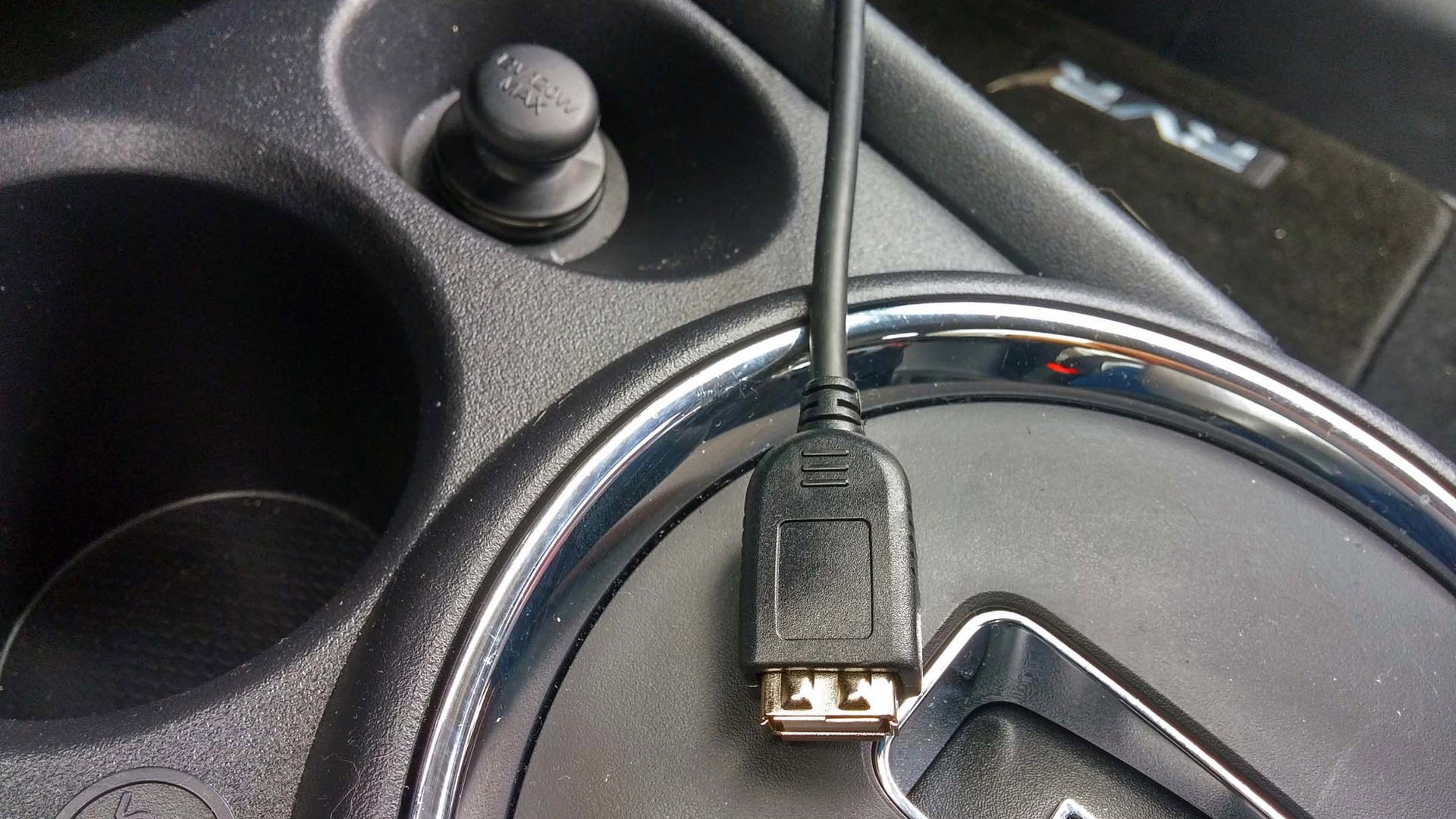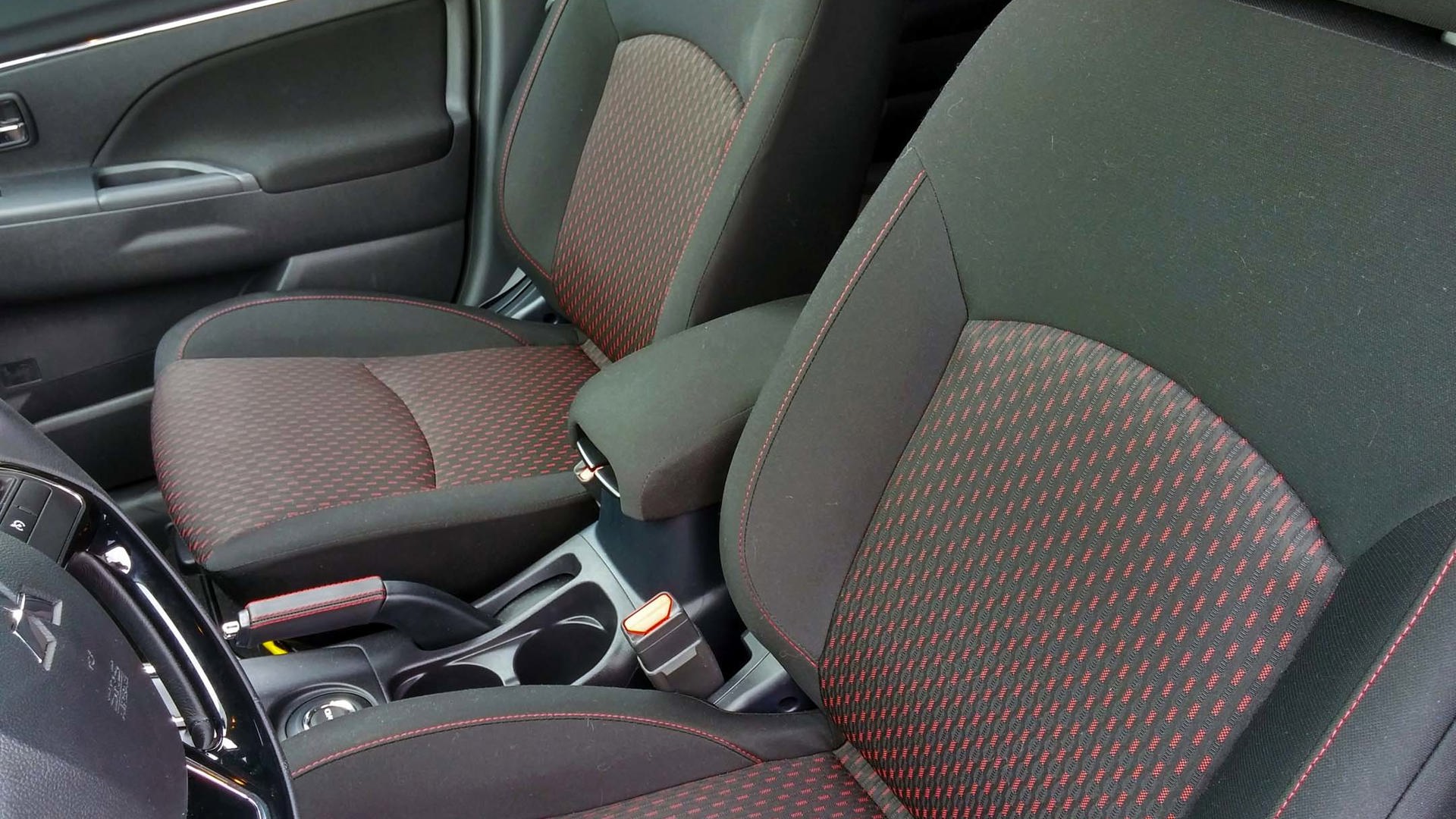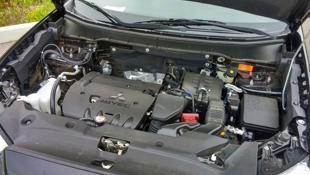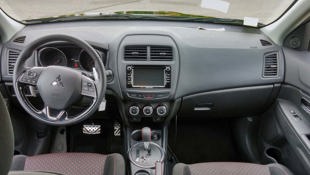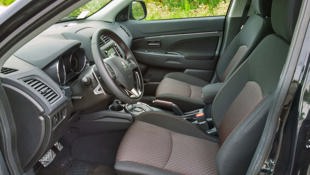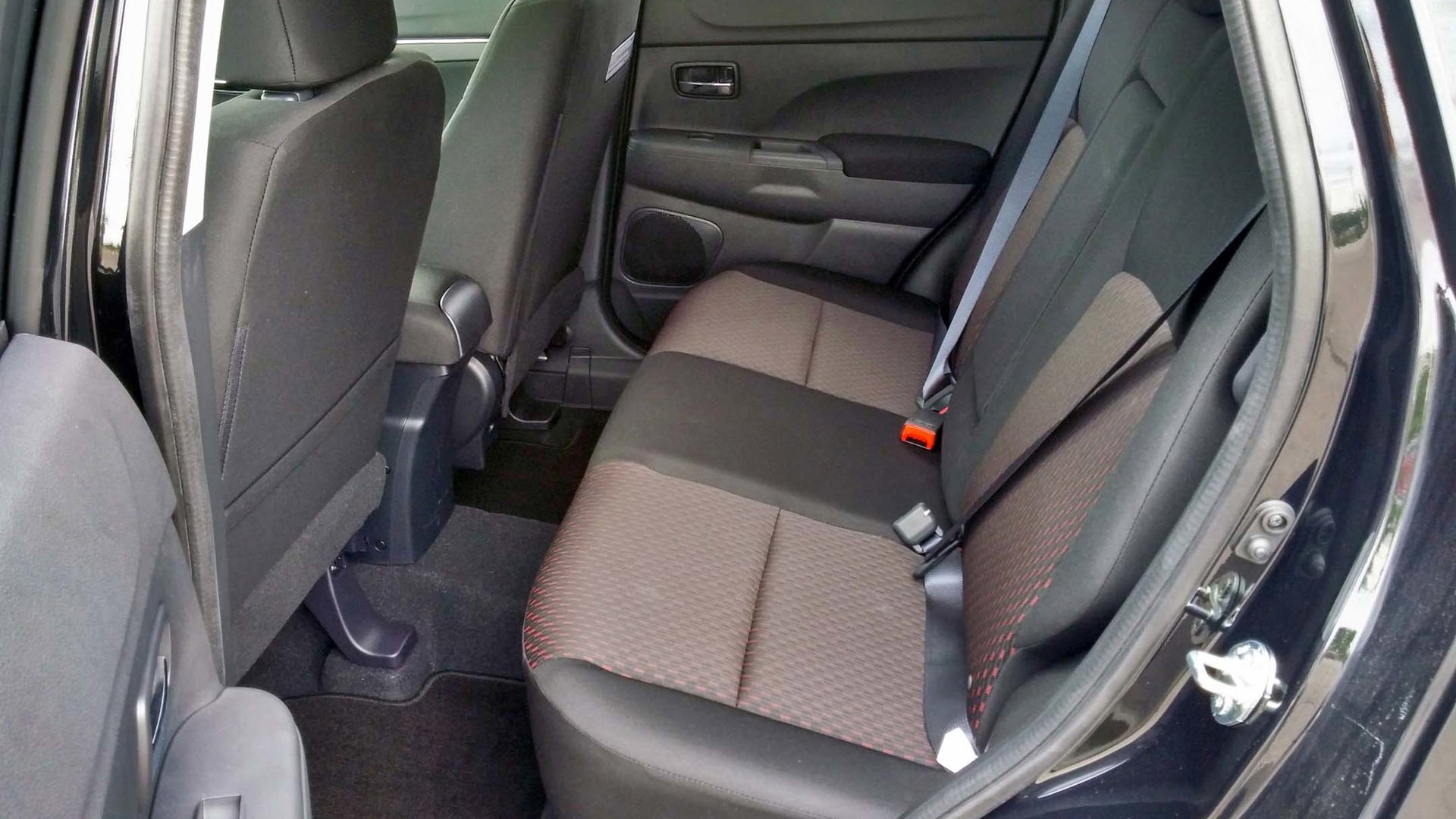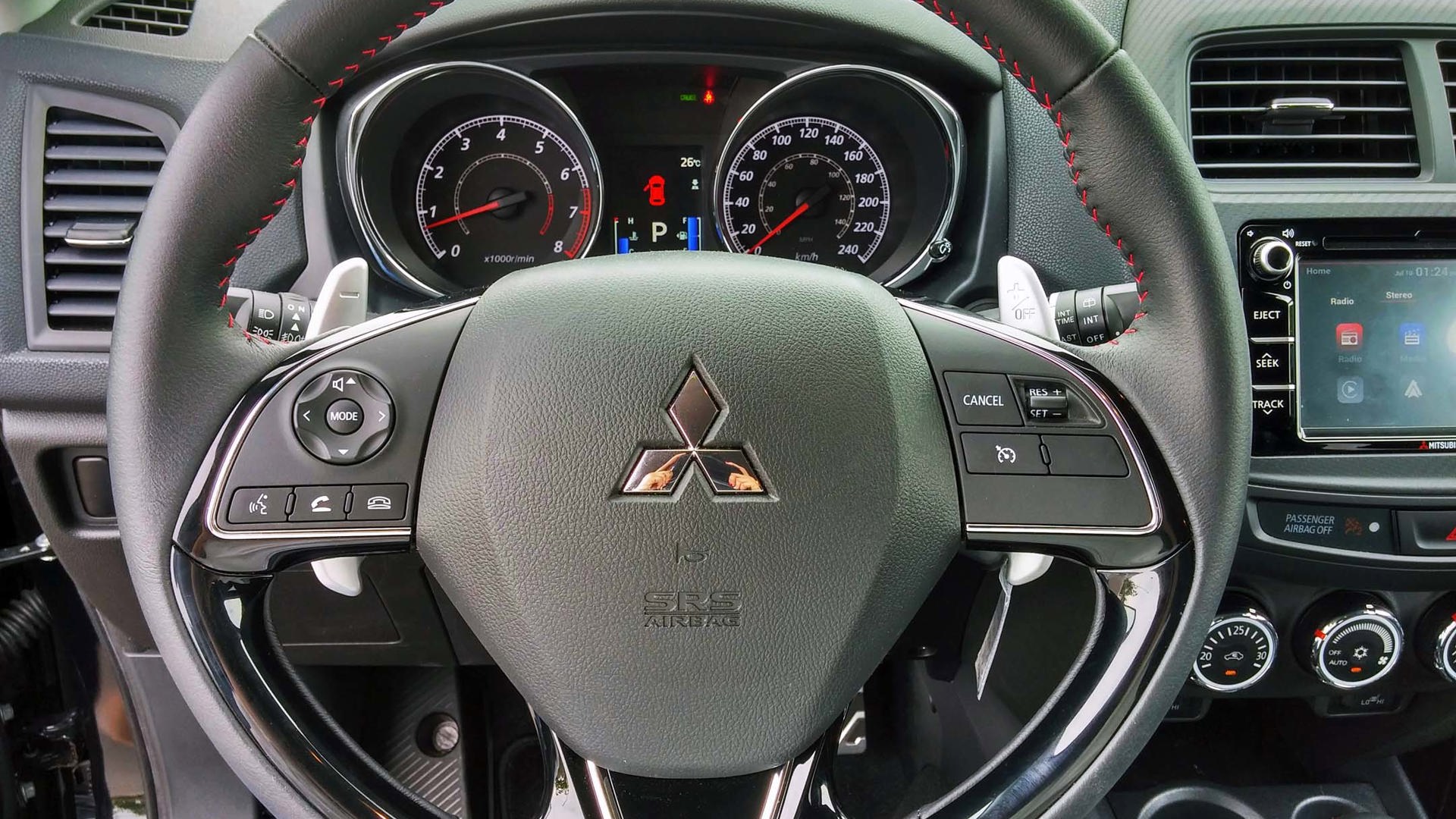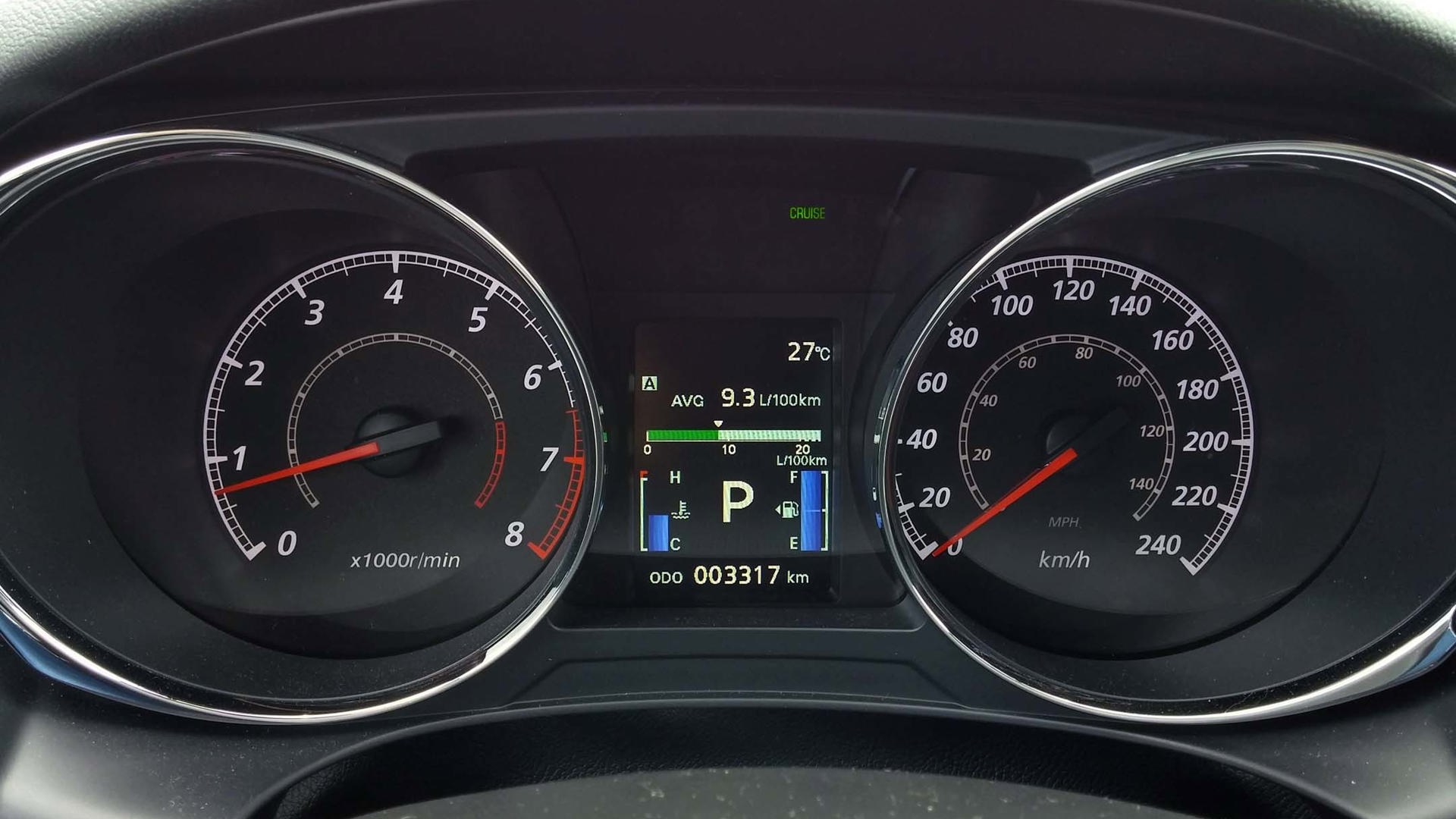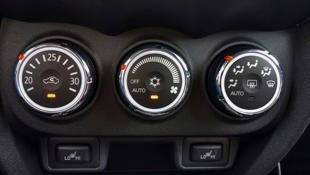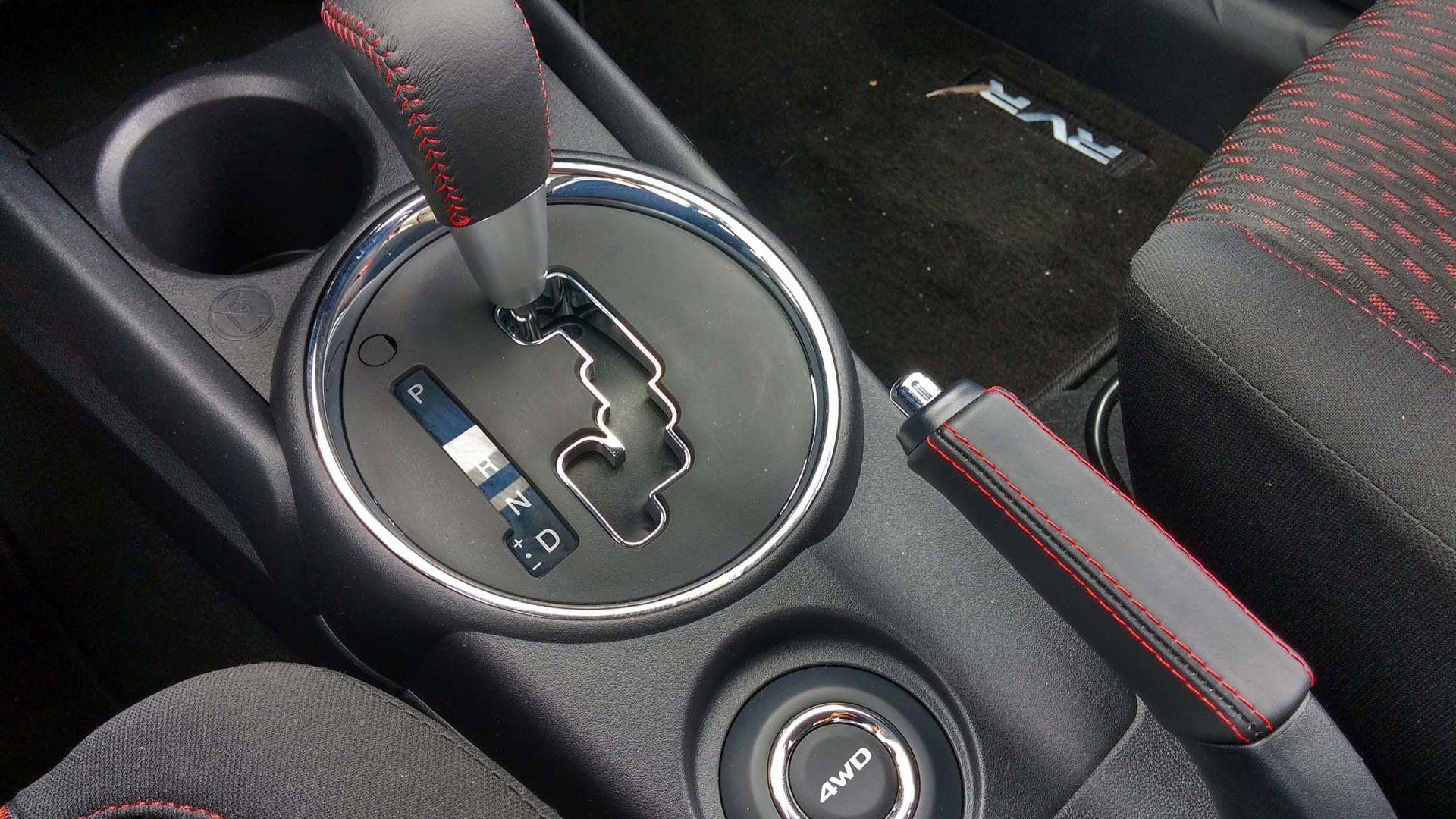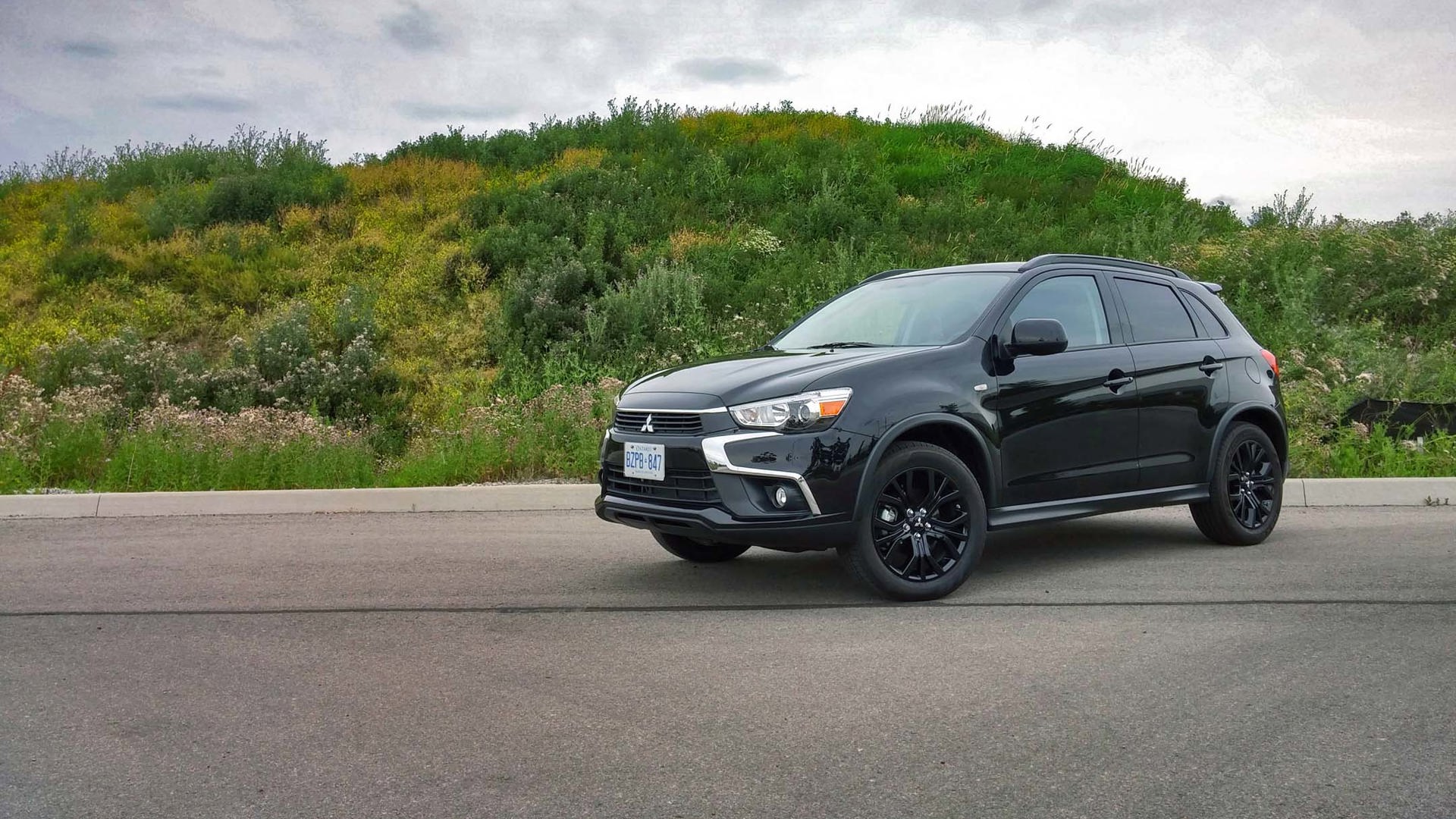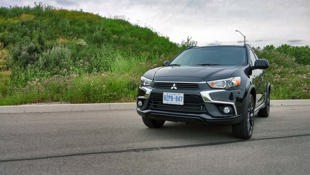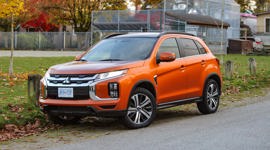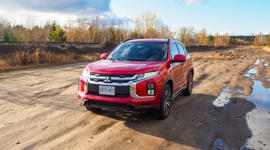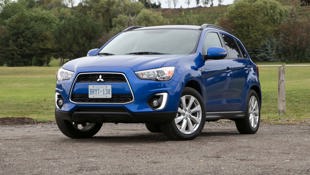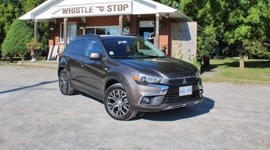 AutoTrader SCORE
AutoTrader SCORE
-
STYLING8/10
-
Safety6/10
-
PRACTICALITY8/10
-
USER-FRIENDLINESS7/10
-
FEATURES6/10
-
POWER7/10
-
COMFORT7/10
-
DRIVING FEEL8/10
-
FUEL ECONOMY7/10
-
VALUE6/10
So, what’s going on with Mitsubishi? Every time the manufacturer is brought up, this seems to be the question on everybody’s lips.
The change isn’t striking, but it is effective and gives the vehicle a more modern appearance.
Last year, the Nissan–Renault group bought over a third of the struggling company’s shares in the midst of a very mild emissions scandal. The company has been slowly whittling awbloay at their lineup, discontinuing the Ralliart, followed by the iconic Evo. The bloodletting has continued to this day with the Lancer retiring as well as the polarizing, all-electric i-MiEV.
So what’s left? The Mirage that came a little too late to the subcompact game and two reasonably successful utility vehicles, the RVR and the Outlander. And according to Mitsubishi, SUVs will be their salvation. They’re banking on the growing trend of the compact SUV and crossover market to make the best of their limited lineup. After all, the 2017 Mitsubishi RVR is their top seller and the Outlander PHEV is the bestselling plug-in hybrid vehicle in Europe for 2017.
A new ute is also in the works and its name has a legacy that’s a far cry from its utilitarian revival. Let’s just say that this newcomer might... Eclipse its competitors. You read that right.
Now that we are all caught up with the latest Mitsu-news, let’s take a closer look at their champion, the 2017 Mitsubishi RVR, tested in the limited Black Edition. The last time I drove the Mitsubishi RVR was two years ago, before its much-needed refresh. Back then, it ranked seventh in our massive subcompact CUV comparison extravaganza, mostly because of its aging looks, cheap feel, and lacklustre equipment.
While the Outlander received a brand-new generation in 2013, followed by an update two years later, the RVR had been left a little behind. It’s finally received a well-deserved update, with a few subtle but welcome changes to its seven-year-old design.
The front portion has been refreshed, now sporting an X-shape pattern that stretches out to the headlights and foglights, belted at the centre across the front grille. The change isn’t striking, but it is effective and gives the vehicle a more modern appearance. Despite all the comments about how outdated the RVR use to look, I actually always thought it was a good-looking vehicle and remains one of the best-looking options out there.
Virtually nothing else has been changed design-wise. The back of the vehicle has remained the same, though granted that part is a little more timeless than the lines at the front were.
The version I drove is the Canada-exclusive Black Edition which, contrary to the Limited version, is an actual limited edition. It launched back in the spring of 2017 and only 600 units were produced, almost 400 of which have already been sold since March.
The Black Edition offers such enhancements as black paint, black 18-inch wheels, a black grille, a black skid plate… black everything. On the inside, red stitching and aluminum pedals are the highlights. And in case the naming doesn’t clue you in, you can’t get it in blue.
The package is priced $9K over the model’s starting price and whether it is worth the extra money or not depends on how big of a Mitsubishi fan you are. For the nostalgics who fell in love with the brand for its sports sedans, a limited-edition Lancer Black Edition is available as well.
The interior is the same as two years ago; no noticeable updates have been made to the cabin. Back in 2015, I had noticed that the materials felt cheap and that remains the case in this 2017 edition. A few textured surfaces to replace all the hard plastic would definitely have upped the ante.
The infotainment system isn’t half bad, but in 2017, having only one USB port hidden in the glove box, dangling at the end of a cable, and no satellite radio or navigation feels a little outdated, especially in a special edition. A navigation package is optional on the GT trim level but not on this edition.
To be fair, the system offers Apple CarPlay and Android Auto connectivity, but this means navigating on your own buck, using your own data. The Black Edition also includes a trim-specific, six-speaker audio system, versus the standard four-speaker system offered in the other versions.
Legroom at the back and cargo space definitely steal the show, compared to actual seat comfort. Seating at the back is useable and head clearance won’t land you a lawsuit from a passenger for a concussion. Interior space is on the large side, despite the RVR ranking among the smaller models in the segment, for a good balance between maneuverability and versatility.
The Black Edition comes standard with Mitsubishi’s top-of-the-line 2.4L naturally aspirated four-cylinder engine that produces 168 hp and 167 lb-ft of torque. Power delivery feels a little on the lazy side, but is sufficient overall.
The all-wheel drive or all-wheel control (AWC) powertrain is teamed with a continuously variable transmission (CVT), the only pairing available with the Black Edition. A five-speed manual transmission is offered with entry-level front-wheel-drive versions.
An electronic manual mode is available and makes use of the wheel-mounted paddle shifters, for when you want to have more control over the engine revolutions – or when the sound of the engine not revving seems too alien. Mitsubishi did a decent job with this CVT as is it one of the less invasive systems I have used.
I understand that the idea of CVTs being more fuel-efficient is being drilled into our heads. From experience, however, none that I’ve tried have actually made up for their fun-sucking character with proper green-spirit-soothing eco-friendliness.
I averaged 9.3 L/100 km overall, which positions the RVR somewhere in the middle of the segment in terms of fuel economy, meaning that some automatic-equipped models do better. But I won’t pin that decision on Mitsubishi – all the cool kids are doing it.
A big, easy-to-find button located on the centre console allows the driver to pick between standard front-wheel drive, automatic 4WD, or 4WD lock – when slippery road conditions require traction at all four wheels at all times.
I’m glad Mitsubishi finally showed the RVR some love. Their little champion needed a pick-me-up and the update works well, if a bit minimalist. Despite being a sturdy, reliable and overall pretty good little vehicle, it still fails to impress simply because it lacks pizazz in a field where its competitors know how to dazzle. For some buyers, however, a 10-year warranty is worth a whole lot more than all the fancy technology and materials in the world.
| Engine Displacement | 2.4L |
|---|---|
| Engine Cylinders | I4 |
| Peak Horsepower | 168 hp |
| Peak Torque | 167 lb-ft |
| Fuel Economy | 9.7/7.8/8.8 L/100 km cty/hwy/cmb |
| Cargo Space | 614 L/1,402 L seats down |
| Model Tested | 2017 Mitsubishi RVR Black Edition |
| Base Price | $28,698 |
| A/C Tax | $100 |
| Destination Fee | $1,700 |
| Price as Tested | $30,698 |
|
Optional Equipment
$200 – Paint charge $200
|
|
